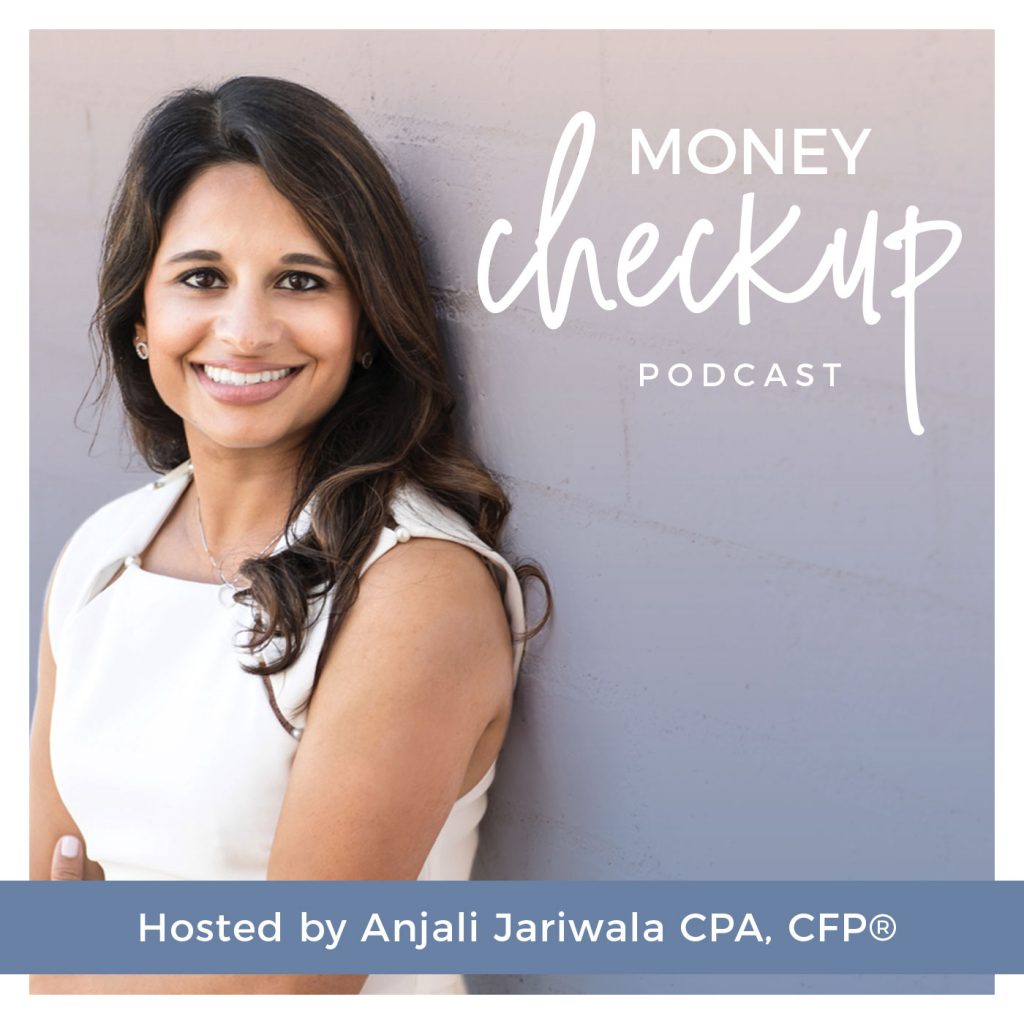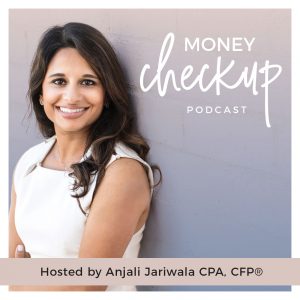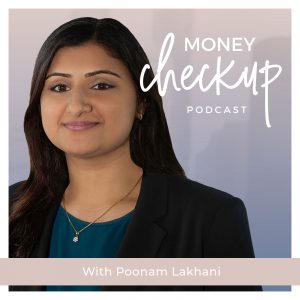The end of summer is a perfect time for a mid-year check-in with your finances. Spend some time this month reviewing your tax withholding, retirement plan contributions, and FSA balances so that you don’t face any surprises at the end of the year. Examine your household’s spending to see if it is still in line with your goals. And if you filed for an extension on your 2018 taxes, your filing deadline isn’t far away.
Reviewing your paycheck
Your pay stub is a great source of information about the benefits you have, the taxes you pay and the changes you may need to make.
Most pay stubs list your gross pay, followed by line items for pre-tax contributions to retirement plans, flexible spending accounts, HSAs, and other benefits. These items should give you a good understanding of the benefits you have through your employer. Open enrollment periods typically take place in the fall, and you may not have a wide window to make any necessary updates — so understanding your benefits now will give you the information you need to make those changes when the time comes.
Changes are not always necessary. But if you’re planning to have a family soon, a high-deductible insurance plan may no longer be best suited to your needs. If you recently had a child or purchased a home, you may want to carry more life insurance. If you do not yet have disability insurance, your employer may offer a policy that fits your family’s needs. (If you’re a physician, learn more about disability insurance coverage here.)
After your benefits, you’ll see line items for various taxes. The largest numbers will be federal withholdings, state withholdings (if you live in a state that has income taxes), and Medicare and Social Security contributions. You may see county or municipal taxes too.
Now is a great time to review your withholding and make sure you’re on track to pay the IRS and state tax agencies what you need to in 2019. If you followed the boxes on the W-4 when initially setting up your withholding, you may not be withholding enough, particularly if your household income is above $400,000 per year. This means you’ll be hit with a sizeable tax bill when you file your return in early 2020. Find an IRS withholding calculator online, input your household information, and see how those numbers compare to your pay stub.
If you or your spouse receives bonuses, taxes are often withheld from those payments at your effective tax rate or average tax rate — yours exclusively, not considering your partner’s. For example, 30% of your bonus might be withheld for tax payments, but once you factor in your spouse’s income, your household tax rate might be closer to 40%. That too could result in a big, unexpected tax bill come tax filing time.
If you don’t make tax payments throughout the year, either via withholding or quarterly estimated payments, the IRS may penalize you. If at the end of the year you realize you withheld too little, you can try to make up the difference with an estimated tax payment, but you may still be subject to penalties. The IRS requires taxes to be paid evenly throughout the year, which means accurate withholding or tax payments throughout the year are ideal.
Spending down your FSAs
Many employers offer flexible savings accounts, commonly known as FSAs, as a benefit. For example, a Dependent Care FSA is a savings account specifically for the care of children and adult dependents. You can contribute up to $5,000 to this FSA per year, pre-tax, and withdraw it as needed to pay for childcare and related expenses.
However, if you don’t use it, you lose it. The IRS gives a small grace period (March 15th of the following year), but this grace period is optional for employers — they can offer it or not. Check the balance on your FSAs and make sure you’re planning to spend every dollar in there. If you’ve already incurred enough expenses to claim a reimbursement from your FSA, gather your receipts and submit your claim now so you don’t have to scramble at the end of the year.
If you over- or under-funded your FSA or if you expect your needs to change, make a note to modify your contributions for 2020.
Health Savings Accounts, or HSAs, do not have the use-it-or-lose-it pressure. You can contribute up to $3,500 per year for an individual or $7,000 for a family (including from your employer) to these accounts and carry it forward indefinitely, even if you leave your current place of work.
Saving for retirement
August is a great time to revisit your retirement plans and see if you’re going to be able to make the maximum contributions this year. For 2019, the contribution limit for 401(k)s and 403(b)s is $19,000, rising to $25,000 for anyone age 50 or older. Note that the limit rose slightly between 2018 and 2019, so if you set up automatic contributions in 2018, you may not be maxing out for 2019.
Did you get a raise this year? If so, it can be wise to absorb it through increased retirement plan contributions. For example, if your salary increased by 5%, you could contribute 3% of that 5% to your retirement plan while still seeing growth in your take-home pay.
Finally, review what your retirement plans are actually invested in and how those investments are managed. Most retirement plans have a default investment option which is the target-date fund. These are mutual funds that are tied to the year you plan to retire. The further you are from that year, the more aggressive the portfolio tends to be; as you approach the retirement year, the portfolio will become more conservative.
If you’re not in a target-date fund, make sure your investments are in line with your time horizon and your appetite for risk. Investors focused entirely on the stock market will see a lot of fluctuations, while those who invest in a mixture of bonds and stocks may see less. Once you decide what you want your investment portfolio to look like, apply that composition to all of your retirement plan accounts.
Many retirement account custodians offer automatic rebalancing. When you set up your investment portfolio, you may have had target weights in several asset classes, including U.S. and international equity as well as fixed income. But as the market fluctuates, your investments may drift from their original targets. When you rebalance, you sell from the asset classes that have done well and replenish your account from asset classes that have not done well.
This may seem counterintuitive. But rebalancing is important because it systematizes the process of buying low and selling high. That will typically lead to greater consistency in your investment returns. If your retirement plan offers an automatic rebalancing option, schedule it for at least once a year.
While reviewing your retirement plans, make sure to check your beneficiaries. Have a primary as well as a contingent beneficiary even if you have an estate plan. Retirement plans are not governed by estate planning documents, so even if you want to designate the same successor to your retirement plans as to other assets, you need to go through the process of naming them as your beneficiary.
If you’re unsure about how to do any of this, or if it seems overwhelming, schedule a conversation with your financial advisor.
Reviewing your spending
If you don’t have a process for reviewing your spending, use your mid-year check-in to set one up. Find a data aggregator that can review your credit cards and bank accounts and show you what you spend monthly. Then, divide that spending into three buckets:
- Fixed expenses, or the money you need to maintain your household. This includes mortgage payments, car payments, utility bills, debt reduction payments, food and transportation costs, etc. — all your fixed obligations.
- Discretionary spending.
- Future savings and goals. This may include an emergency fund, college fund, or savings for a specific goal, like a down payment or home renovation.
Start with your net pay. Subtract your fixed expenses, then your average monthly spending on discretionary purchases. Allocate the remainder to your various goals. If you don’t have an emergency fund (most advisors recommend 3-6 months of basic expenses in cash), start making monthly contributions to that account. Consider starting a savings account for travel or purchases that are a little further away, such as your next home.
Review your debt alongside your spending. Make sure you’re making progress on large loans, such as mortgages and student loans. If you carry credit card debt, you probably already know how difficult it can be to pay off cards with high interest rates. Tackle the highest interest rate first while making minimum payments on other cards, then move on to the second-highest interest rate card, and so on.
If you use an income-based repayment plan for student loans, you may have to provide income verification each year in the form of a tax return or pay stub. Keep these documents on hand and be prepared for your loan provider to adjust your monthly payment.
Some people see one additional bump in their paychecks around this time of year: Social Security tax disappears. Once you’ve paid into Social Security up to a certain amount ($132,900 for 2019), you no longer have to pay that tax for the remainder of the year. This means you may see a mid-year increase in your net income. If you do, try to capture that income and allocate it toward saving rather than spending.
Preparing for tax season
If you filed for an extension on your 2018 taxes, you should have made an extension payment for that year back in April. Your personal return will be due Oct. 15. If you are a business entity or S-Corp, those returns are due Sept. 15. Accountants get very busy in advance of those two deadlines, so the sooner you can gather your documents and get them to your CPA, the more time they will have to help you.
If you’ve already filed your 2018 return, now is still a good time to reach out to your CPA or tax advisor. Ask them for a mid-year projection. They should be able to comment on whether your withholding is sufficient and whether you’re maxing out your retirement contributions. They can also walk you through the tax implications of any changes in your personal or family life.
For example, in my own life, my husband recently made partner in his medical group. Soon he’ll transition from a W-2 employee to a K-1 partner — meaning he will no longer have taxes withheld from his paychecks. I want our CPA to tell us how big our estimated payments should be so we can save enough to make those payments. I also want to make sure I understand how this will change our retirement plan contributions. (Yes, I’m a CPA myself, but my family gets outside financial help. I recently wrote about why.)
Reviewing your spending, savings, and debt will probably take a few hours this summer. But it could save you days or weeks of stress at the end of the year and at tax season.




